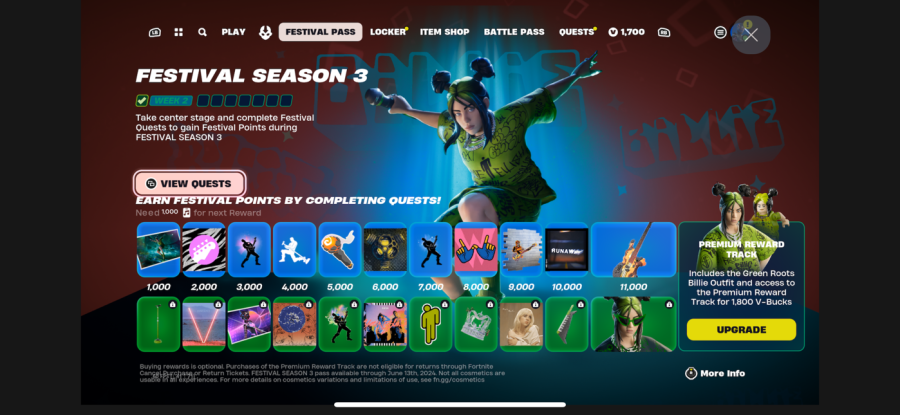Microsoft today announced the release of a new ROI measurement tool called “engagement mapping.” Rather than measure ROI based on the last ad a user clicks, Microsoft’s new tool attempts to take into account all the interactions with a company’s marketing message and brand that may have lead up to a purchase or other user action.

According to a press release, Microsoft’s new engagement mapping tool assigns and measures value “on a real-time basis and takes into account the impact that recency, frequency, size and ad format (such as rich media and video) have on a consumers online path to action.”
“The ‘last ad clicked’ is an outdated and flawed approach because it essentially ignores all prior interactions the consumer has with a marketer’s message,” said Brian McAndrews, senior vice president of the advertiser and publisher solutions unit at Microsoft. “Our Engagement Mapping approach conveys how each ad exposure — whether display, rich media or search, seen multiple times on multiple sites and across many channels — influenced an eventual purchase.”
McAndrews was formerly the chief executive at aQuantive, an online advertising firm Microsoft acquired last year for $6 billion. Microsoft will unveil the new program today at the Interactive Advertising Bureau conference and it will be available in beta on March 1.
What It Means
This is all part of the continuing shake up in the online ad industry. New web technologies and advertising formats have forced the online ad industry to seek innovative new ways to measure web traffic and audience engagement. For example, last July, one of the web’s leading audience measurement firms, Nielsen//NetRatings, announced that it was canning the page view in favor of a ‘time spent on page’ metric. Compete (a RWW sponsor) has a metric called ‘engagement’, which measures things like Daily Attention and Average Stay.
Microsoft’s engagement mapping tool is a continuation of the evolution we’re seeing in online audience measurement techniques. All of these changes have a profound effect on publishers, and generally have a positive effect for small publishers — those who don’t generate a lot of page views, but serve a specific niche and may deliver higher ROI. Better ROI measurement tools can help that type of publisher maximize their ad earnings.
On the flip side, they help advertisers better place ads to bring a higher return on investment. Rather than throwing page views at an advertising campaign, new measurement tools are helping publishers to better pick the best places and methods to advertise.
The Future
This type of engagement mapping tool will become really powerful when it can measure not only ad views that lead to a purchase, but also any other type of online or social interaction. This is probably the end game that Facebook is aiming at with Beacon. Imagine the value advertisers could derive from a tool that looks at how your online activity leads up to a purchase. I.e., did you see a friend talk about the product on a Facebook wall post? Did you read a blogged review? Did you see the product talked about in a YouTube video? Did you look at any ads when all that was happening?
There are already companies starting toward that goal right now — Nielsen BuzzMetrics, Andiamo!, and Scout Labs come to mind — but none of them thus far offer a really complete picture of how social interactions lead individuals to purchase (or not) a product or service. Once those puzzle pieces fit together, and consumer concerns over things like privacy are sorted, the online advertising industry will really start to mature. Rather than buying ads based on volume, advertisers will be able to very closely design and target ads to specific consumers — which means we’ll see very relevant advertising. That’s all-at-once creepy and exciting.
What do you think? Is Microsoft’s new engagement mapping tool a step in the right direction for ROI measurement? Do you agree with our guess at the future? Let us know in the comments.










